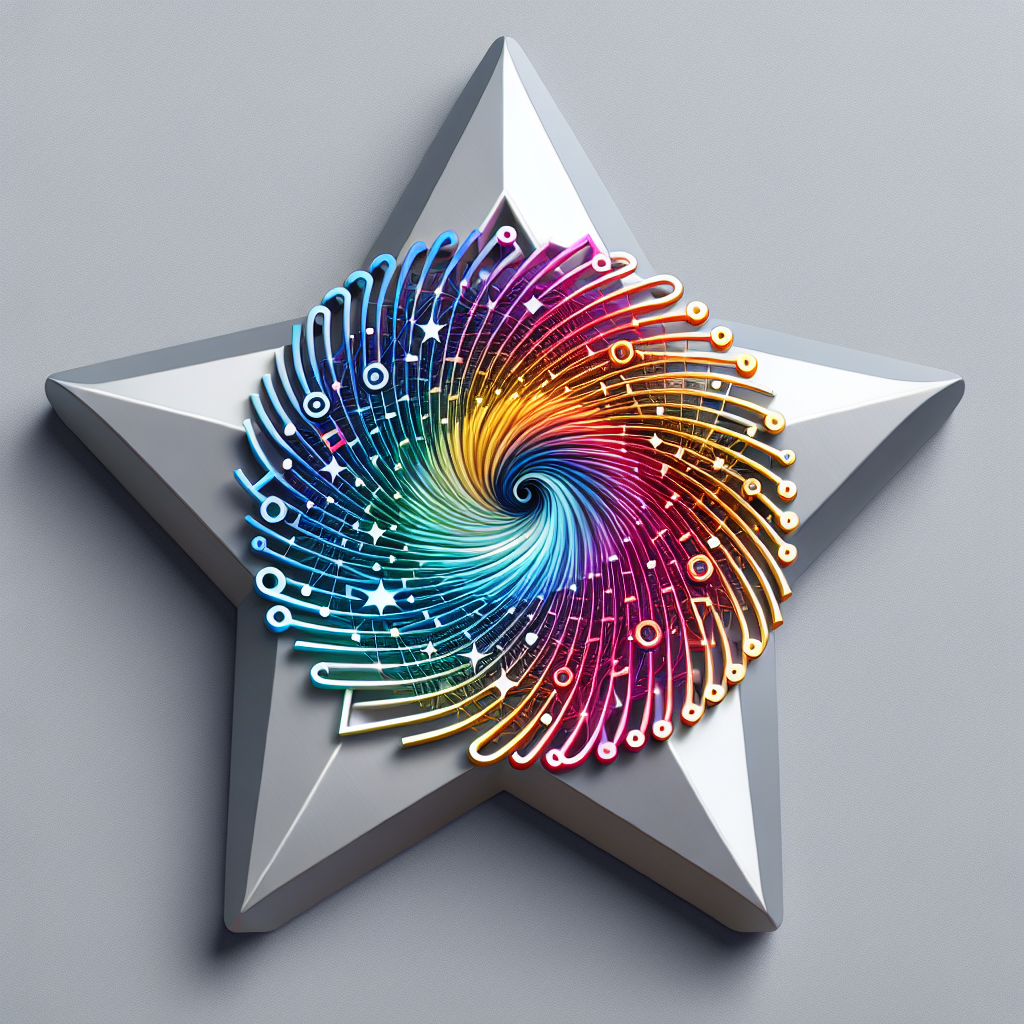Artificial Intelligence (AI) has been a topic of fascination and debate for many years. While the technology has made incredible strides in areas like healthcare, transportation, and finance, one of the most intriguing questions surrounding AI is its impact on creativity. Can AI truly be creative, or is it simply a tool to enhance human creativity? Are AI and creativity friends or foes? Let’s delve into this complex and controversial topic.
The Relationship Between AI and Creativity
Creativity is often seen as a uniquely human trait, involving the ability to generate new ideas, solve problems, and produce original works of art. Many people believe that creativity is tied to emotions, intuition, and the ability to think outside the box – qualities that are difficult to replicate in a machine. However, AI has shown that it can be used to generate creative outputs in a variety of fields, from music and art to literature and design.
One of the key ways in which AI can enhance creativity is through its ability to process vast amounts of data and identify patterns that humans may not be able to detect. For example, AI algorithms can analyze thousands of pieces of music to identify common themes, chord progressions, and melodies, which can then be used to generate new compositions. In the field of visual art, AI can analyze millions of images to identify trends in style, color, and composition, which can then be used to create new artworks.
AI can also be used to augment human creativity by serving as a tool for brainstorming, idea generation, and problem-solving. For example, AI chatbots can be used to facilitate creative conversations and provide suggestions for new ideas. AI-powered design tools can help artists and designers explore different concepts and styles, leading to new and innovative creations.
However, some critics argue that AI cannot truly be creative because it lacks the ability to experience emotions, make intuitive leaps, and understand the deeper meanings behind creative works. They believe that AI-generated art, music, and literature are merely imitations of human creativity, lacking the depth and soul that comes from human experience.
The Future of AI and Creativity
Despite the controversy surrounding AI and creativity, there is no denying that AI has the potential to revolutionize the creative process in many ways. As AI technology continues to advance, we can expect to see new and exciting applications of AI in the fields of art, music, literature, and design.
One of the most promising areas of AI and creativity is the field of generative adversarial networks (GANs). GANs are a type of AI algorithm that can generate new content by learning from existing data. For example, GANs can be used to create realistic images, music, and even text that mimic the style of a particular artist or genre. This technology has the potential to revolutionize the way we create and consume creative works, blurring the lines between human and machine-generated content.
Another exciting application of AI in creativity is the field of computational creativity. Computational creativity is the study of how AI can be used to generate new and innovative creative works. Researchers in this field are exploring ways to teach AI algorithms to think creatively, make aesthetic judgments, and produce original content. As AI technology continues to improve, we can expect to see new and exciting developments in computational creativity that push the boundaries of what is possible in the realm of art and design.
FAQs
Q: Can AI truly be creative?
A: While AI can generate creative outputs, such as music, art, and literature, some argue that AI lacks the ability to experience emotions and make intuitive leaps, which are essential components of human creativity.
Q: How can AI enhance human creativity?
A: AI can enhance human creativity by analyzing vast amounts of data, identifying patterns, and providing suggestions for new ideas. AI can also be used as a tool for brainstorming, idea generation, and problem-solving.
Q: What are some applications of AI in creativity?
A: AI can be used to generate music, art, literature, and design. AI algorithms can analyze existing creative works to identify patterns and trends that can be used to create new content. AI can also be used to facilitate creative conversations and provide suggestions for new ideas.
Q: What is the future of AI and creativity?
A: The future of AI and creativity is promising, with new technologies such as generative adversarial networks (GANs) and computational creativity pushing the boundaries of what is possible in the realm of art and design. As AI technology continues to advance, we can expect to see new and exciting applications of AI in the creative process.
In conclusion, AI and creativity are not necessarily friends or foes, but rather partners in the creative process. While AI may never fully replicate the depth and soul of human creativity, it has the potential to enhance and augment human creativity in new and exciting ways. As AI technology continues to evolve, we can expect to see new and innovative applications of AI in the fields of art, music, literature, and design, pushing the boundaries of what is possible in the realm of creativity.

